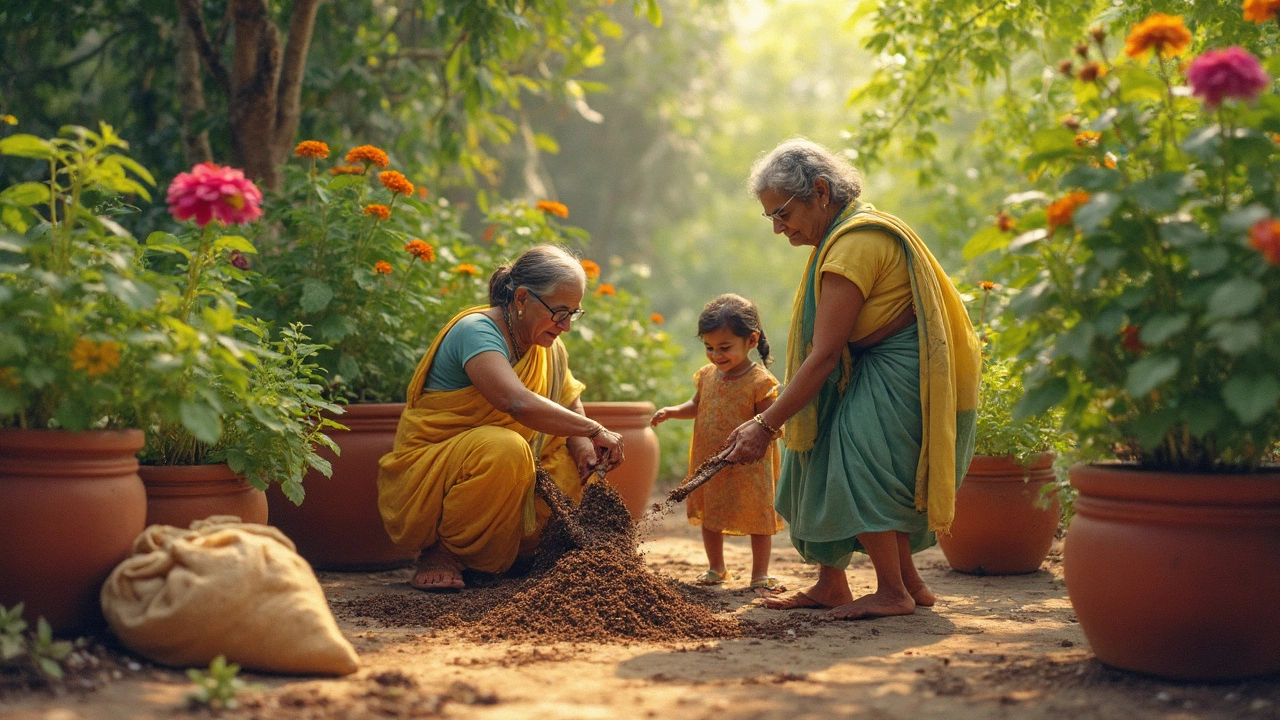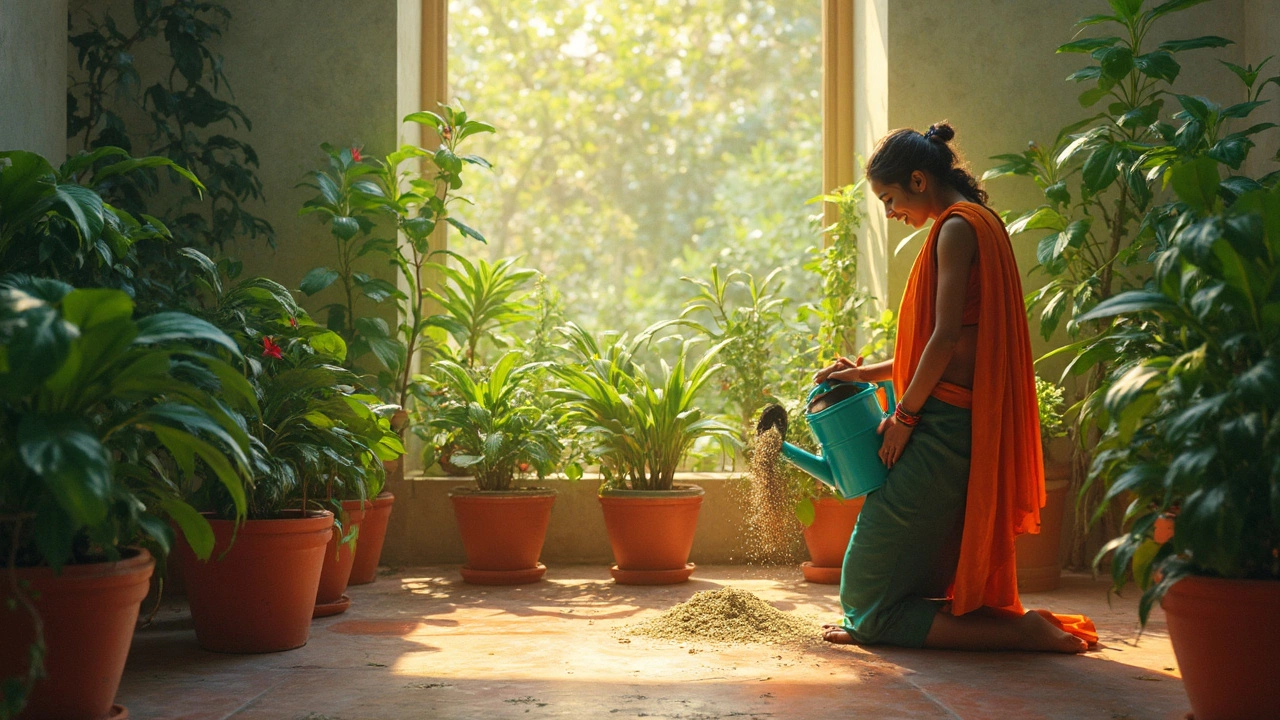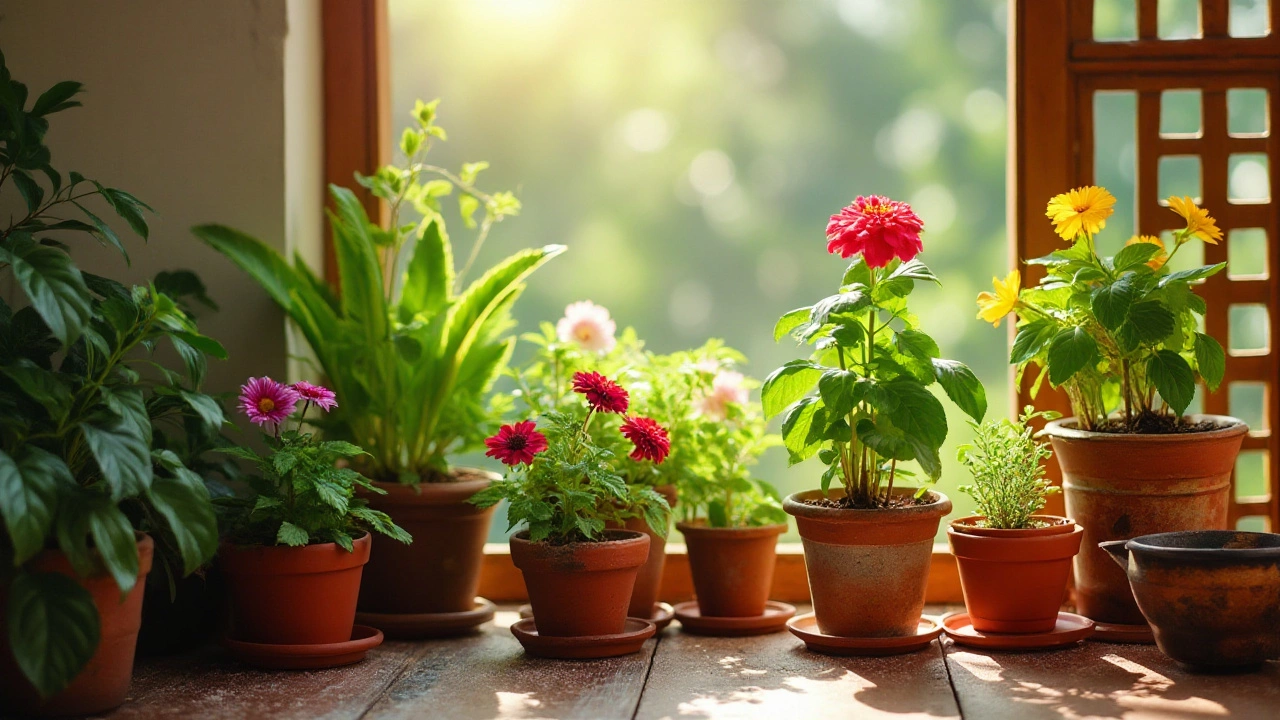Plant Growth Tips: Simple Ways to Make Your Garden Thrive
Want your garden to look greener, louder, and healthier? It all comes down to a few basics: water, light, soil and a bit of know‑how. The good news is you don’t need fancy tech or expensive chemicals. Just follow these easy steps and watch your plants grow faster and stronger.
Water Wisely, Not Excessively
Plants need water to survive, but too much can drown the roots. Check the top inch of soil – if it feels dry, it’s time to water. Early morning is the best time because the water gets into the soil before the sun evaporates it. Using a drip irrigation system or a simple soaker hose can deliver a steady drip that feeds the roots without waste.
Give Them the Right Light
Sunlight is the engine of growth. Most veggies and flowering plants love 6‑8 hours of direct sun. If you’re growing on a balcony or in a small space, consider vertical planters that face south and rotate pots every few weeks to give each side a turn in the light. For shade‑loving herbs like mint or cilantro, pick a spot that receives filtered light in the afternoon.
Don’t forget about indoor plants. A bright windowsill or a grow light placed 12‑14 inches above the foliage works well. Keep the light on for about 12‑14 hours a day, then give the plants a dark break to rest.
Soil Matters More Than You Think
Good soil is like a healthy diet for plants. In Indian climates, a mix of garden loam, compost and a little sand gives both drainage and moisture retention. If your soil feels heavy and clumpy, add coarse sand or perlite to lighten it. Compost not only feeds the plants but also improves soil structure, allowing roots to breathe.
Before planting, test the pH with a simple kit. Most vegetables prefer a pH of 6.0‑7.0. If it’s too acidic, sprinkle some garden lime; if it’s too alkaline, add a bit of sulfur or peat moss.
Feed Them Right
Fertilizer is the protein shake of gardening. Use a balanced NPK (nitrogen‑phosphorus‑potassium) formula for general growth. For a quick boost during flowering, switch to a fertilizer higher in phosphorus and potassium. Organic options like bone meal, neem cake or fish emulsion work well and are safe for the environment.
Apply fertilizer in small doses. Over‑feeding can scorch roots and lead to weak growth. A good rule is to feed once every two weeks during the active growing season.
Prune, Support, and Companion Plant
Trimming dead or yellowing leaves lets the plant focus energy on new growth. For tall plants, use stakes or trellises early to avoid bending later. Companion planting – pairing “sister plants” like basil with tomatoes – can repel pests and improve flavor.
Keep an eye on pests. A quick spray of neem oil or a hand‑pick of insects can stop damage before it spreads.
Temperature and Airflow
Most garden plants love temperatures between 20‑30°C. If nights get too cold, cover seedlings with a light cloth. Good airflow prevents fungal diseases, so avoid packing pots too tightly and trim overcrowded foliage.
By balancing water, light, soil, nutrients, and care, you give your plants the perfect environment to grow fast and stay healthy. Try one tip today and see the difference – your garden will thank you!
Worm Castings: The Secret Weapon for Better Garden Soil
Worm castings, often called nature's best fertilizer, can transform tired soil into a thriving home for your plants. They’re packed with nutrients, improve the soil structure, and even help your garden fight off pests and diseases. This article breaks down how worm castings work, why they stand out from other soil improvers, and how you can use them for bigger, healthier harvests. You'll pick up practical tips and learn some surprising advantages that worm castings have over standard compost. Get ready to see your plants grow stronger with less effort.
Adding the Right Ingredients to Water for Thriving Indoor Plants
Keeping indoor plants healthy often goes beyond just regular watering. Adding the right ingredients to water can boost plant growth and health. This article explores useful additives like natural fertilizers and their benefits, along with practical tips to keep your green friends flourishing. Discover simple ways to enhance your plant care routine.
Using Epsom Salt for Indoor Plant Care: Benefits and Tips
Epsom salt, commonly used in gardening, can also benefit indoor plants by providing essential nutrients like magnesium and sulfur. These elements aid in enhancing plant growth, improving flower blooming, and intensifying leaf color. However, while Epsom salt can be beneficial, it's crucial to use it correctly to avoid potential harm to your plants. This article explores the advantages and proper usage of Epsom salt for indoor greenery, offering tips to integrate it effectively into your plant care routine.
About
Indoor Plant Care, Soil Improvement
Latest Posts

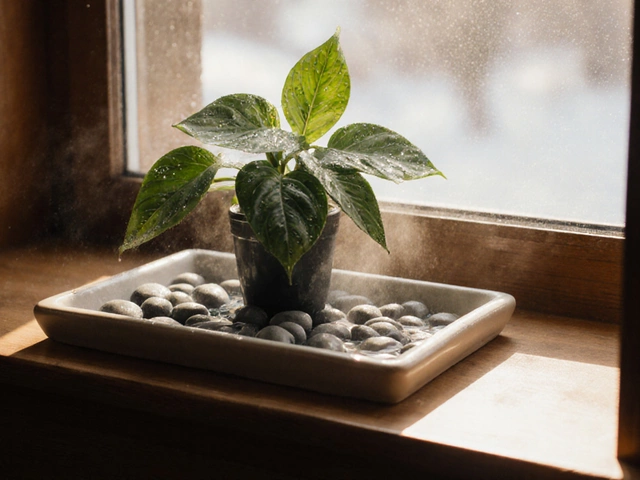
What Plants Benefit from a Pebble Tray? A Practical Guide for Indoor Plant Care
By Alden Thorne Nov 8, 2025
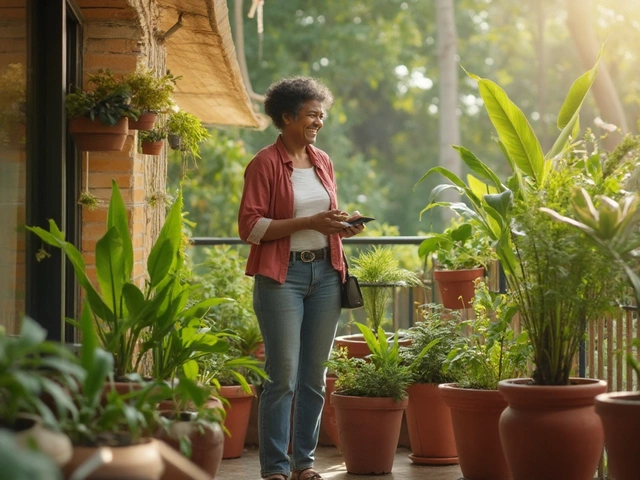
Best Low Maintenance Outdoor Potted Plants for Effortless Garden Beauty
By Alden Thorne Jun 28, 2025
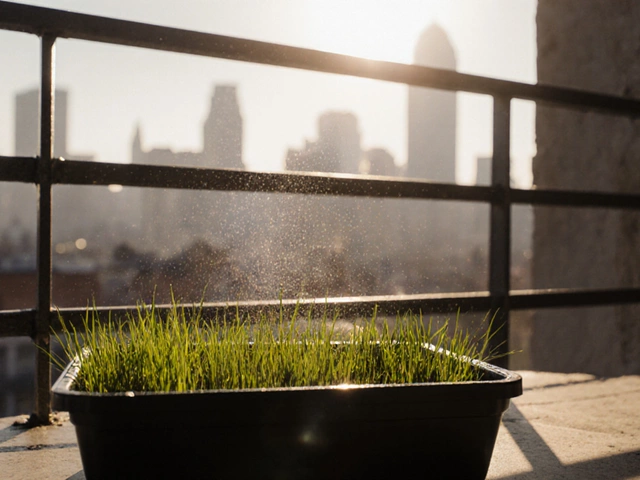
How to Grow Grass on a Balcony: Step-by-Step Guide
By Alden Thorne Oct 9, 2025

